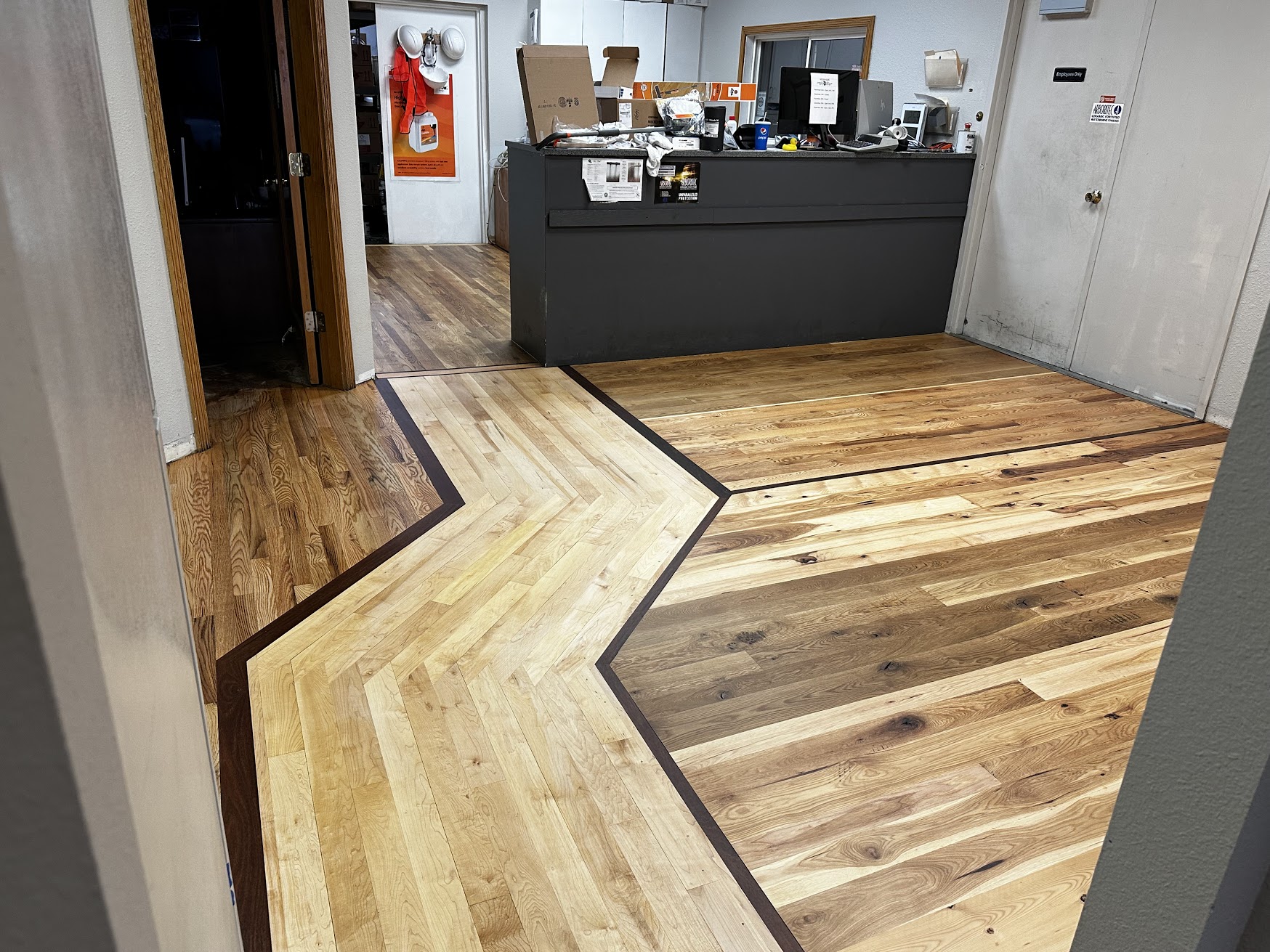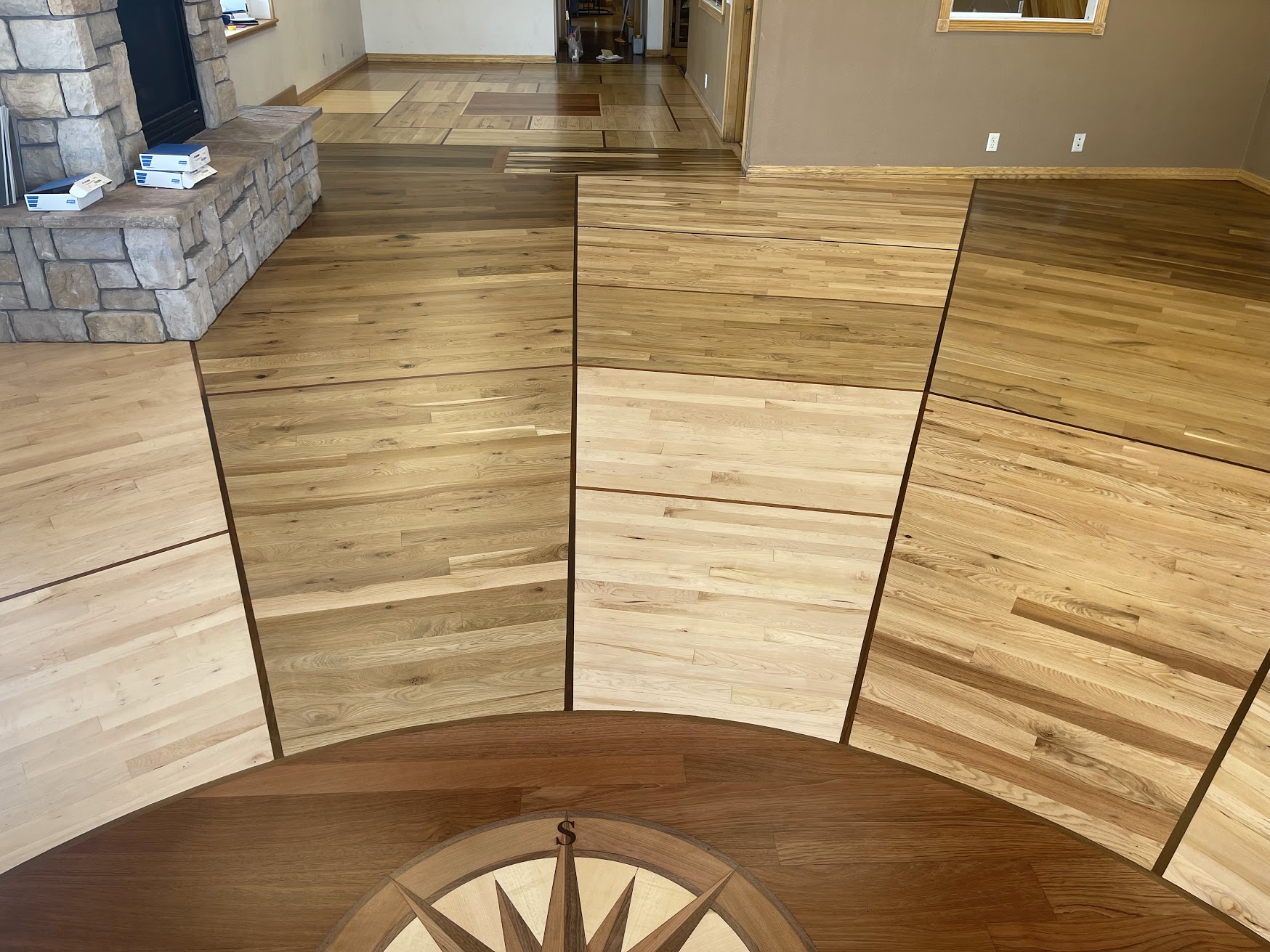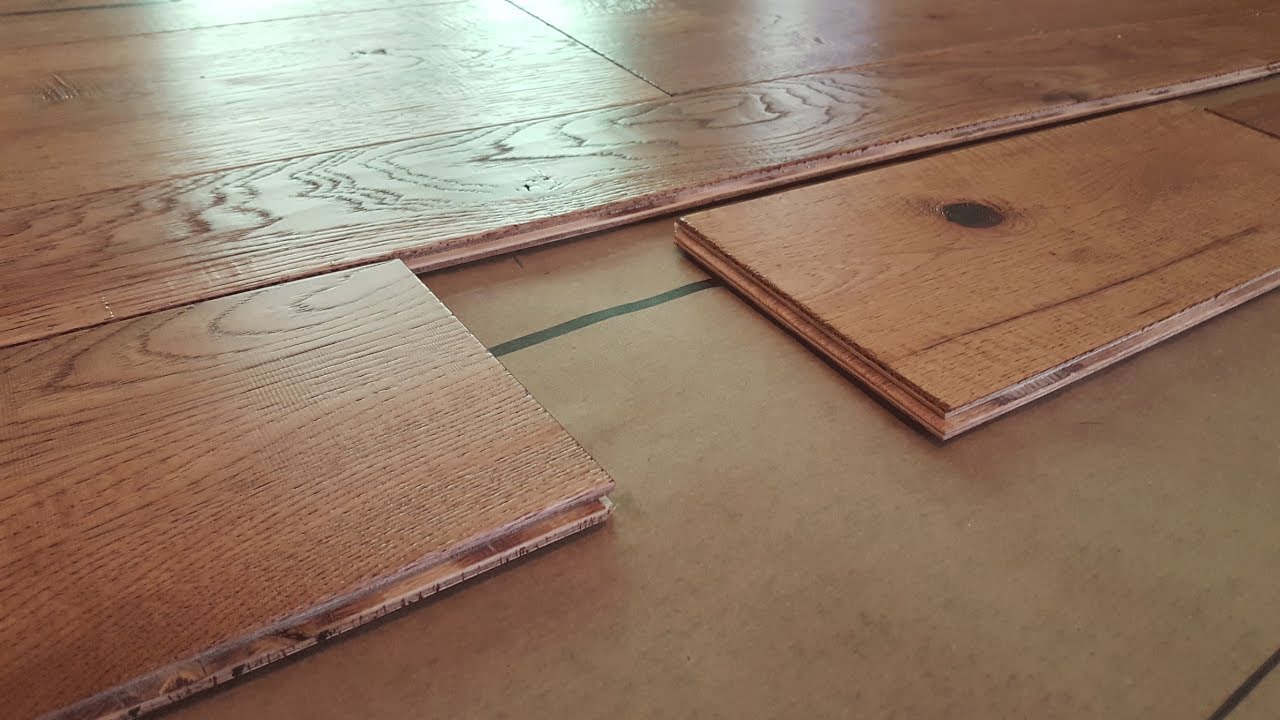Those gorgeous hardwood floors in your home are a smart investment worth protecting. In 2014, 2.8 million US older adults were treated in emergency departments for fall-related injuries, with approximately 800,000 hospitalized at an average cost of over $30,000 each, often due to falls on slippery surfaces.
Beyond potential injuries, damaged wood floors can hit your wallet hard with expensive repairs and decrease your home’s value. But, with some simple, strategic care, you can dramatically improve Engineered hardwood flooring safety while maintaining all that natural beauty that made you choose hardwood in the first place.
The right maintenance approach doesn’t have to be complicated or time-consuming. Most safety measures actually enhance your floor’s appearance and longevity, giving you the best of both worlds. Plus, many of these protective steps become simple habits once you incorporate them into your regular home care routine, providing peace of mind for you and everyone who walks through your door.
Why Are Wood Floors a Good Option For Your Home?
Wood floors offer a perfect blend of beauty and practicality that few other flooring options can match. They bring warmth and natural character to any space while providing a durable surface that can last for generations when properly maintained.
Unlike carpet, hardwood doesn’t trap allergens, making it an excellent choice for families with allergy concerns. Wood floors are also easier to clean than many alternatives since they require simple sweeping and occasional mopping to keep them looking their best.
From an investment perspective, wood flooring typically adds value to your home. Real estate experts consistently rank hardwood flooring among the top features that increase property value and appeal to potential buyers. The timeless look of wood transcends design trends, meaning your floors won’t look dated in a few years.
Wood floors are also surprisingly versatile, available in various species, colors, and finishes that can complement any interior design style. However, these benefits come with the responsibility of proper care. Understanding wood flooring safety measures protects both your investment and your family’s well-being.
5 Best Ways to Keep Wood Floors Safe & Secure
Here are five key strategies to implement in your home that will significantly enhance the safety and longevity of your beautiful wood floors. These methods focus on preventing common hazards and maintaining the integrity of the wood surface.
1. Prevent Slipping and Falls
Strategic placement of area rugs can dramatically improve safety in high-traffic areas. When selecting rugs, always use non-slip pads underneath to prevent the rugs themselves from becoming hazards. Focus on entrances, hallways, and transitions between rooms where people are more likely to slip.
First, consider your cleaning routine. Using too much polish or wax creates a slick surface that looks beautiful but increases fall risk. Instead, opt for minimal amounts of appropriate cleaners specifically designed for wood floors. Avoid all-purpose cleaners that leave residue behind, making floors more slippery over time.
Some additional measures to prevent slipping include:
- Clean spills immediately to prevent both slipping and water damage
- Establish a routine of daily sweeping to remove dust and debris
- Consider anti-slip treatments that add texture without changing appearance
- Use microfiber mops, which capture dust without scratching
Regular cleaning prevents the buildup of dust particles that can create a “ball-bearing” effect, making floors unexpectedly slippery. Place doormats at entrances to reduce dirt and moisture tracking into your home, which helps maintain traction on your wood floors.
2. Protect Against Scratches and Damage
Scratches and dents not only diminish your wood floor’s beauty but can also create safety hazards as they deepen over time. Implementing preventive measures will keep your floors both attractive and secure for years to come.
Furniture is a primary cause of floor damage. Install felt pads under all furniture legs and regularly check and replace them as they wear down. For frequently moved items like dining chairs, consider using plastic glides designed specifically for wood floors.
Establish a “no shoes” policy in your home, particularly for high heels, sports cleats, and boots with hard soles. These can cause significant damage to wood surfaces. Provide a convenient shoe storage area near entrances to encourage compliance from family members and guests.
Pet nails can wreak havoc on wood floors. Keep your pets’ claws trimmed regularly and consider using booties for larger dogs. Place water and food dishes on mats to prevent spills that can damage wood and create slipping hazards.
3. Control Moisture and Environmental Factors
Water is the natural enemy of wood flooring. Even small amounts of moisture can cause warping, cupping, and splitting that create dangerous uneven surfaces. Proper moisture management is essential for maintaining wood flooring safety throughout your home.
Monitor indoor humidity levels, aiming for a range between 35-55%. In winter months when heating systems dry out the air, use a humidifier to prevent excessive drying and shrinkage. During humid summer months, air conditioning and dehumidifiers help prevent expansion and cupping.
Be especially vigilant in bathrooms, kitchens, and entryways where water exposure is more likely. Place water-absorbent mats near sinks, tubs, and exterior doors. Make it a habit to wipe up spills immediately; even small amounts of standing water can damage wood floors over time.
Key moisture control strategies:
- Install splash guards around sinks and dishwashers
- Check for leaks under sinks and around appliances regularly
- Avoid wet mopping and use damp mops instead
- Consider vapor barriers in moisture-prone areas
Excessive moisture is wood’s worst enemy, causing warping, cupping, and splitting that create both aesthetic and safety issues.
4. Maintain Proper Lighting and Visibility
Ensure all areas with wood flooring have adequate ambient lighting. Pay special attention to:
- Hallways and staircases
- Transitions between rooms where the flooring changes
- Areas with elevation changes or steps
- Corners and other spaces where shadows might form
Even the safest floor becomes hazardous when poorly lit. Proper lighting plays a crucial role in preventing trips and falls by helping people spot potential hazards and navigate changes in flooring surfaces.
Consider installing motion-activated lights in areas that aren’t used frequently to ensure safety when entering these spaces. Nighttime safety is particularly important, especially for households with children or older adults. Install small nightlights in hallways and bathrooms to illuminate pathways without disrupting sleep.
Glare from polished wood floors can sometimes obscure vision, especially for older adults. Position lights to minimize glare and consider using lampshades or diffusers to create softer, more even illumination. When possible, complement overhead lighting with table or floor lamps to eliminate shadows.
5. Establish Regular Inspection and Maintenance Routines
Developing a proactive maintenance routine prevents small problems from becoming serious safety hazards or expensive repairs:
Schedule quarterly thorough floor inspections, checking for loose boards, protruding nails, splinters, or areas where the finish has worn through. Pay special attention to high-traffic zones, transitions between rooms, and areas around water sources where damage is more likely to occur.
Address minor issues promptly before they escalate into safety hazards. Fill small gaps between boards, sand down splinters, and touch up worn finish areas as needed. For larger problems, don’t hesitate to consult with flooring professionals because attempting major repairs without proper expertise can sometimes create new safety concerns.
- Keep a maintenance log to track inspections and repairs
- Document recurring issues that might indicate larger problems
- Have professional inspections every few years
- Check for changes in floor level that could create tripping hazards
Refinishing is an important part of long-term wood floor maintenance. Most wood floors need refinishing every 7-10 years, depending on wear patterns and traffic. Professional refinishing not only restores beauty but also addresses safety issues by providing a fresh, even surface with proper traction.
Bottom Line
Remember that wood flooring safety is about balance. The goal isn’t to sacrifice aesthetics for function, but to create an environment where safety and beauty coexist. Many of the same practices that keep floors safe also enhance their appearance and longevity. Take preventive measures seriously, address issues promptly, and enjoy the unique warmth and character that only wood floors can provide.
At Rustic Wood Floor Supply, we believe wood floors should be both stunning and secure for your family. For over twenty years, our artisan-crafted hardwoods have graced homes across the country, bringing natural warmth and character to every space they touch. Our exclusive line of specialized finishes combines old-world beauty with modern safety features, offering enhanced traction without compromising the authentic patina that makes each Rustic Wood floor unique.
Visit our showroom or browse online to discover how Rustic Wood Floor Supply has redefined what’s possible in wood flooring, where timeless craftsmanship meets contemporary safety!
FAQs
How often should wood floors be refinished for safety?
Refinish wood floors every 7-10 years, sooner in high-traffic areas. Signs refinishing is needed: visible scratches, dull spots, rough texture, or uneven surfaces. Prompt refinishing prevents slip hazards and preserves structural integrity.
What type of rugs are safest to use on wood floors?
Flat-weave rugs with non-slip backing or pads designed for hardwood are safest. Avoid rubber-backed rugs that trap moisture. Secure corners with double-sided tape or specialized grippers to prevent curling edges and tripping hazards.
Can cleaning products make wood floors more slippery?
Yes. Avoid oil-based polishes, waxes, and all-purpose cleaners that leave slippery residue. Use only pH-neutral cleaners specifically formulated for wood floors and microfiber mops that don’t require excessive moisture or harsh chemicals.
How do I keep wood floors safe around children and pets?
Apply scratch-resistant finishes, trim pet nails regularly, use play mats in children’s areas, clean spills immediately, and install temporary felt pads during active play. Consider engineered hardwood with aluminum oxide coating for maximum durability in family spaces.




